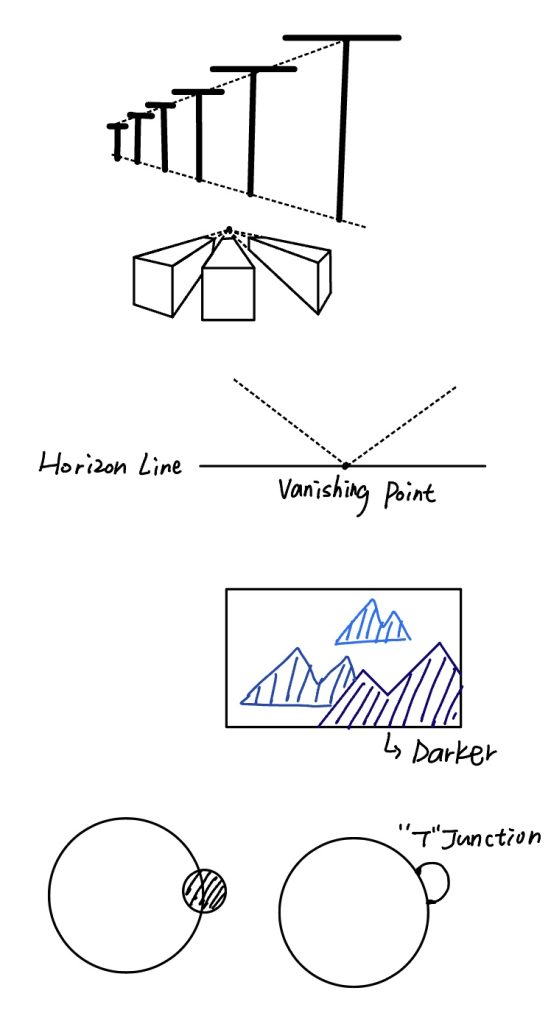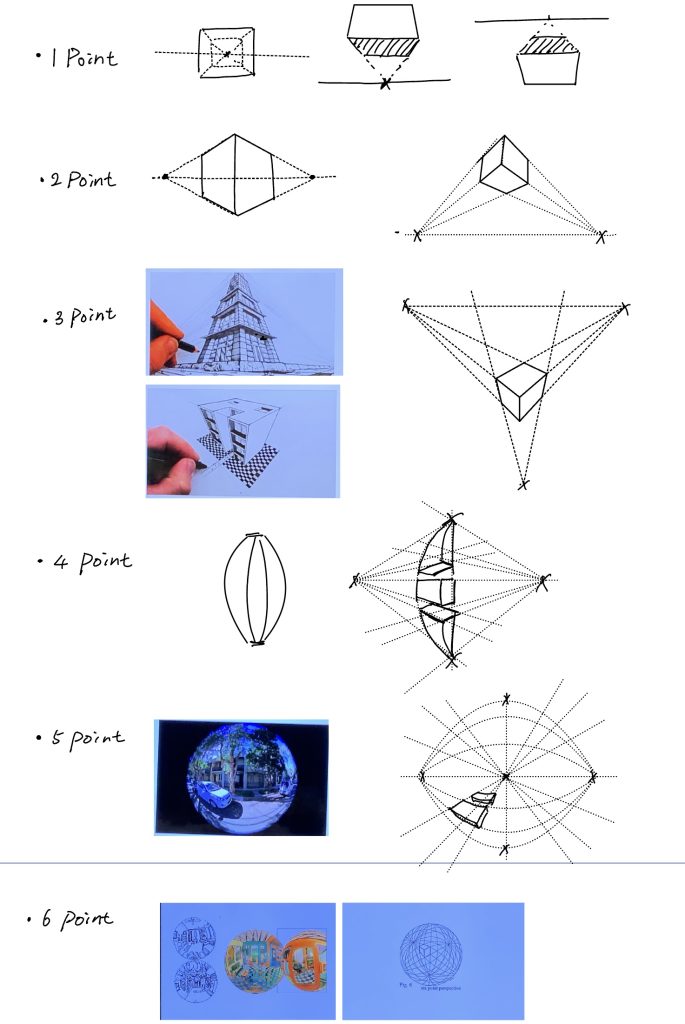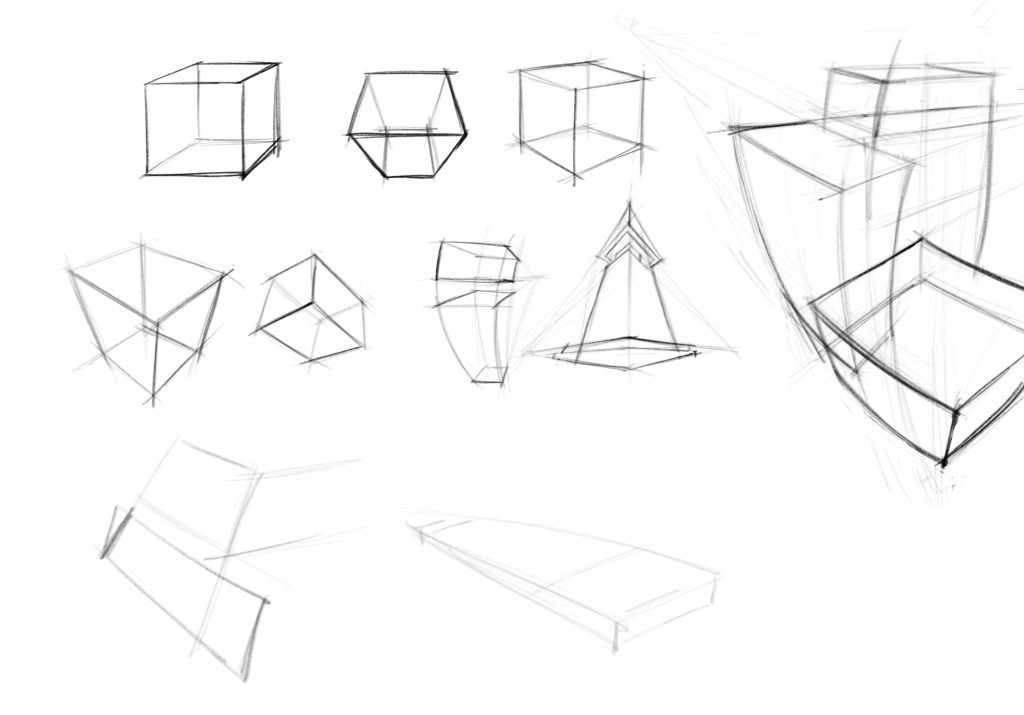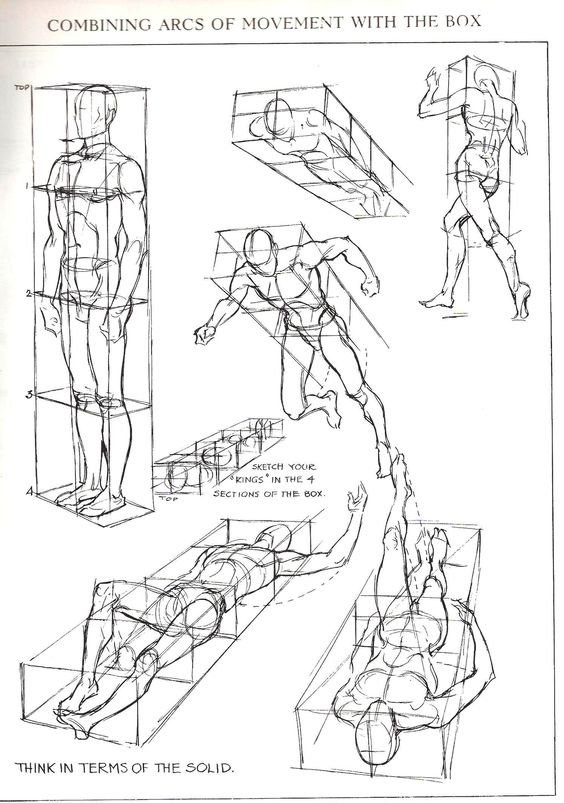Overview
In this lesson, we learned about the 5 important basic principles of perspective, as well as one-point perspective, two-point perspective, three-point perspective, and Curvilinear perspective. Finally, we tried to draw a variety of squares in perspective and how to apply them to the human perspective.
Relevance Theory
There are multiple concepts that are important to understand when it comes to drawing in perspective. We encounter many of them around us every day. Knowing about these concepts & understanding them is very important to use perspective drawings when making animation.

5 BASIC PRINCIPLE
- Diminution: the term used to describe how objects appear smaller the further away they are from us.
- Foreshortening: the perspective principle that describes how an object appears shorter when viewed at an angle.
- Convergence: When we look at any two or more parallel lines down the horizon, we notice that they get closer to each other the more they get away from us. Parallel lines that converge always end up meeting at the same point. This point is called “The Vanishing Point”. Horizon Line is simply the line where the sky meets the land and it’s always at eye level.
- Atmospheric Perspective: the effect the atmosphere has on the appearance of objects when you look at them from a distance. You see objects further back into the distance less clearly and their color changes in value, saturation and hue.
- Overlapping: is the concept where the objects at the forefront hide all or part of the objects behind them.
Perspective Laws

Exercise
In the perspective practice, I started with simple one-point and two-point perspective, and then slowly increased the difficulty and tried to draw three-point perspective and four-point perspective. Then I tried to draw objects with overlapping relationship.

Perspective on Human Body
When drawing the human body in perspective, you can actually see the human body as many squares – head, chest, hips, arms, legs and feet, etc.

